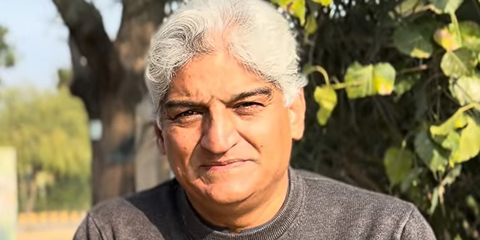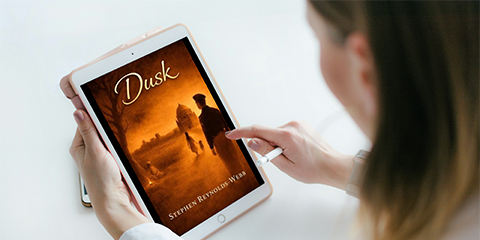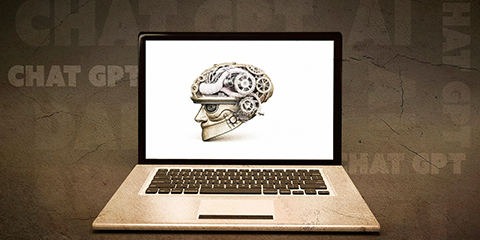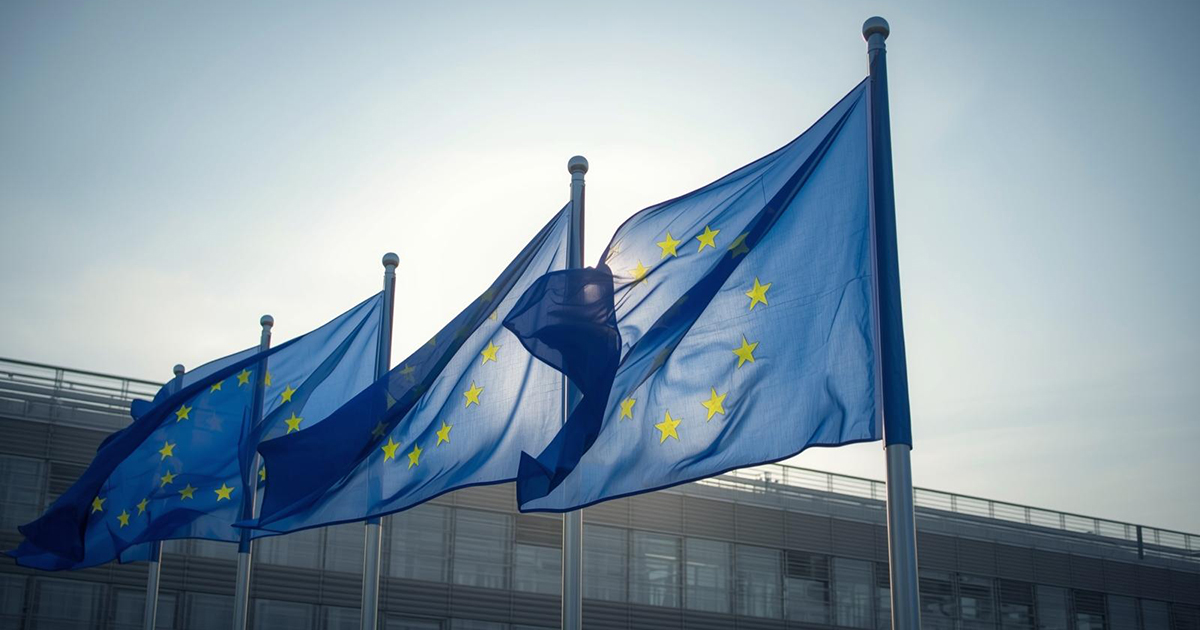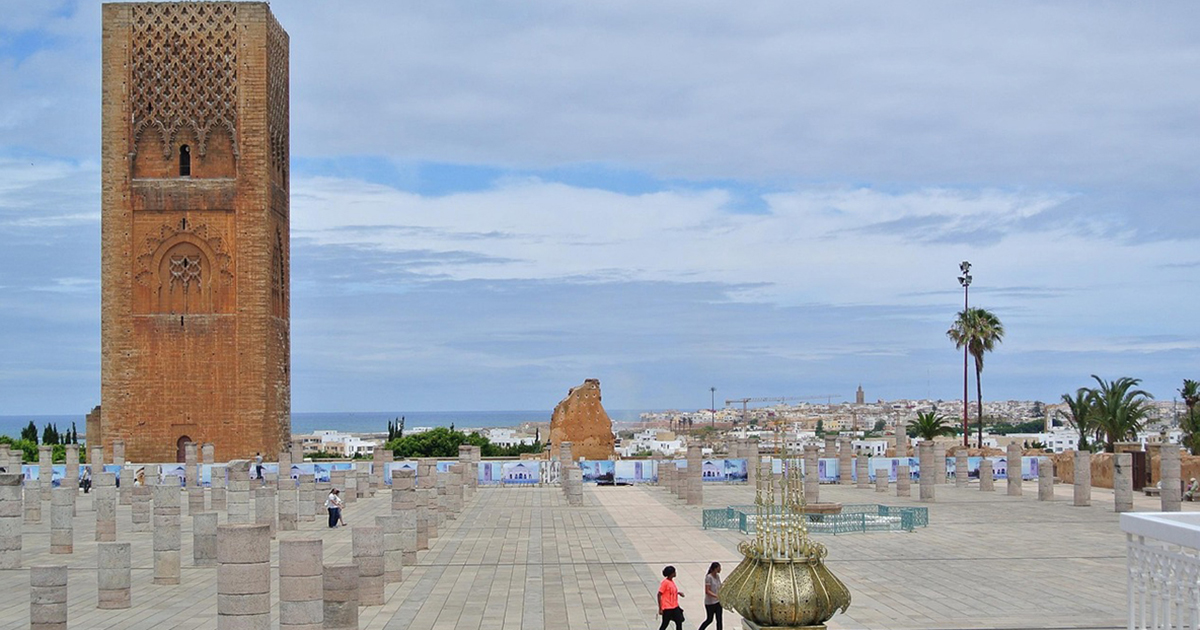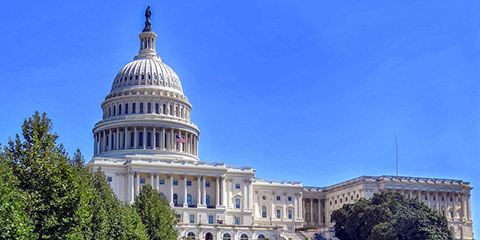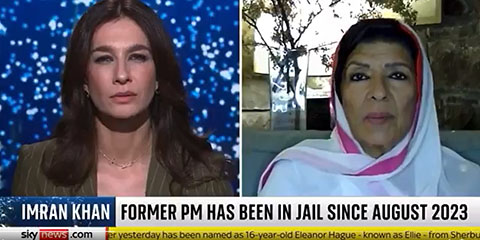Censored on air, unstoppable online: Pakistan's outdated model of information control
JournalismPakistan.com | Published 9 months ago | JP Special Report
Join our WhatsApp channel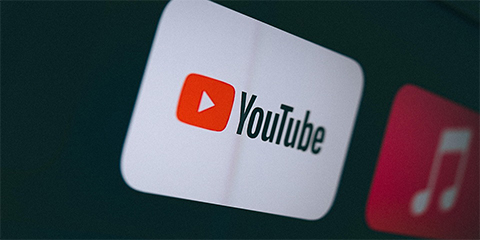
ISLAMABAD—The recent wave of forced resignations and dismissals in Pakistani media represents a disturbing pattern of censorship that ultimately undermines democratic institutions and the very power structures implementing these measures. When Paras Jahanzaib of Suno TV announced her resignation "due to unavoidable circumstances," she joined a growing list of prominent journalists pushed out for refusing to conform to officially sanctioned narratives.
The message rippling through Pakistani journalism circles could not be clearer: align with preferred narratives or face professional extinction. Yet this heavy-handed approach to media control reveals a fundamental misunderstanding of modern information ecosystems.
Jahanzaib's departure was foreshadowed in one of her final broadcasts when PPP's Nabeel Gabol warned her to "be careful" because she "talked too much." Her response, quoting Quranic wisdom that "Allah gives glory to whom He wills, and brings humiliation to whom He wills," reflects the ethical stance that has cost numerous journalists their mainstream media positions.
The pattern extends well beyond Jahanzaib. Fellow Suno TV presenter Habib Akram was similarly forced out, as were GNN's Samina Pasha, Kashif Abbasi of ARY News, Sami Ibrahim from BOL News, and Khalid Jameel of ABN News. Other prominent voices in Pakistani journalism have faced even more severe consequences, with Dr. Moeed Pirzada, Sabir Shakir, Imran Riaz Khan, and Wajahat S. Khan forced into exile due to threats against their lives.
What authorities fail to recognize is that removing these journalists from traditional broadcasting merely shifts their influence to digital platforms where censorship proves far more difficult. Most of these silenced anchors have established YouTube channels with subscriber counts in the millions—audiences that often exceed their former television viewership. This digital migration of journalism creates a more direct connection between journalists and their audiences, one unmediated by institutional pressures or government intimidation.
The Pakistani media landscape remains compromised by financial dependencies that prevent news organizations from fulfilling their watchdog role. Media houses understandably hesitate to challenge powerful interests when government advertising revenue represents a crucial lifeline. The recent 60-page color supplement celebrating Punjab Chief Minister Maryam Nawaz's first year in office exemplifies this dynamic, as do the front-page "news articles" purchased by the Punjab Government that amount to self-promotion.
This compromised journalism environment creates precisely the conditions that make independent voices so valuable—and their suppression so counterproductive. When mainstream Pakistani media channels become perceived as mere governmental mouthpieces, audience trust inevitably erodes, driving viewers toward alternative sources perceived as more credible.
The authorities' approach reflects an outdated model of information control more suited to the 20th century than today's interconnected digital landscape. Each journalist removed from television emerges with potentially greater influence online, where geographic and regulatory constraints hold less power. This digital transformation of Pakistani journalism represents not just a shift in medium but a fundamental realignment of power between the press and those who would control it.
For Pakistani democracy to thrive, journalism must be allowed to function without intimidation or manipulation. The current strategy of silencing critical voices not only undermines press freedom but paradoxically amplifies the very perspectives it attempts to suppress. As more journalists build independent platforms beyond traditional control mechanisms, the ineffectiveness of media censorship becomes increasingly apparent.
The future of Pakistani media likely lies in this growing digital ecosystem where journalists connect directly with audiences hungry for perspectives absent from mainstream channels. Rather than silencing critics, authorities would better serve both their interests and the nation's by engaging with legitimate criticism and addressing underlying concerns that fuel public discontent.
Until then, the exodus of talent from Pakistani television will continue strengthening an alternative media landscape beyond institutional control—one where the most effectively "silenced" voices often speak the loudest.






